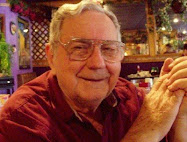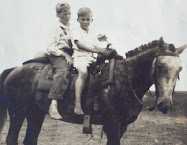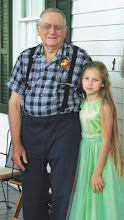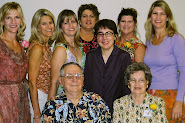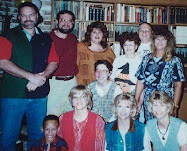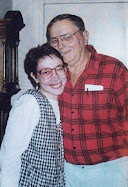 Walking to my mailbox on the street I see the number “732” in large black letters. Glancing east I see the number 730. Then looking to the west I notice my neighbor’s box no. is 736. What happened to 734?
Walking to my mailbox on the street I see the number “732” in large black letters. Glancing east I see the number 730. Then looking to the west I notice my neighbor’s box no. is 736. What happened to 734?For more information I called our local historian, Lessie Upchurch. Before Tomball was established, mail was delivered by horse and buggy from the post office in Hufsmith. In 1908 or 1910 a post office was established in Tomball. Two early postmasters were Otto Hegar and Dr. Trichel – they shared the job, and the post office was in Dr. Trichel’s drug store. When I moved to Tomball in 1952 the post office was located in a brick building on the northeast corner of Main and North Elm, and Floyd Rose was Postmaster. Mail came by a train we called “dinkey” or “doodlebug.” It came twice a day. It was possible for me to order a part from Houston in the morning (they had twice a day delivery in the business section) and receive it that afternoon.
The city was soon large enough for home delivery but we had no house or business numbers. In the mid 1950s, maybe early 1960s, the recently organized Lion’s Club was looking for a community project. They undertook to number every house and business and furnish and install all of the numbers. I think the workers included Wesley Darnell, Joe Mahan and Monty Willis. Our carrier was Gordon Neal. He delivered all of the mail for many years on foot. Later households had to install a mailbox on the street and delivery to businesses was discontinued. The numbering of homes and businesses was turned over to the city and numbers were issued with building permits. My street, James, was cut through Teddy Vought’s cornfield. It runs from Alma to Pine 3 ½ blocks. They started counting from the railroad. Building on our street, the 7th block started from both the east and the west. My neighbor has 1 ½ lots and this gave me number 732. Development also started from the west, and when the block was fully developed the number 734 was not used.
First we had mail delivered to our door. If there was a package, Gordon rang the doorbell. Now the post office wants to discontinue delivery on Saturday. That’s progress?



